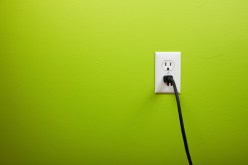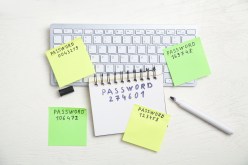No Signal on TV? Here’s What You Need to Know and Do
Have you ever experienced the frustration of turning on your TV only to be greeted with a blank screen and the dreaded “no signal” message? It can be incredibly frustrating, especially when you’re eager to catch up on your favorite shows or watch an important sports event. But fear not, because in this article, we’ll guide you through the steps to fix this issue and get your TV up and running again.
Check Your Connections
The first step in troubleshooting a “no signal” issue is to check all your connections. Start by ensuring that both ends of the HDMI or AV cable are securely plugged into both the TV and the device you’re trying to connect, such as a cable box or gaming console. If you’re using an antenna for over-the-air channels, make sure it’s properly connected as well.
Sometimes, cables can become loose over time due to movement or accidental tugs. Therefore, it’s essential to give them a gentle wiggle to ensure they’re snugly connected. Additionally, inspect the cable for any visible signs of damage like fraying or bent pins. If you notice any issues with the cables or connectors, replacing them might solve the problem.
Check Your Input Source
If all your connections seem fine but you still have no signal on your TV, it’s time to check the input source. Most TVs have multiple input ports (HDMI 1, HDMI 2, AV1, etc.), so make sure that you’ve selected the correct one for your device. Use either your TV remote or the buttons located on the side of your TV to cycle through each input until you find the right one.
In some cases, devices like cable boxes or game consoles might need a few moments before they establish a connection with your TV. Give them some time (about 30 seconds) to initialize, and see if the signal appears. If it doesn’t, proceed to the next step.
Restart Your Devices
When all else fails, a simple restart can often fix the “no signal” issue. Begin by turning off your TV and unplugging it from the power source. Next, disconnect all devices connected to your TV, such as cable boxes or gaming consoles. Leave everything unplugged for at least one minute to allow any residual power to dissipate.
After one minute has passed, plug in your TV and turn it on. Wait for it to fully boot up before connecting your devices one by one. Start with the device that was giving you the “no signal” error and check if the problem is resolved. If not, repeat the process with each device until you find the culprit.
Seek Professional Help
If none of the above steps have resolved your “no signal” issue, it might be time to seek professional help. Contacting a qualified technician or reaching out to customer support for your specific TV brand can provide you with expert guidance tailored to your situation.
In some cases, there may be a hardware problem with either your TV or one of your devices that requires professional repair or replacement. While this can be an inconvenience, remember that seeking expert assistance will likely lead to a resolution faster than trying various troubleshooting methods on your own.
In conclusion, experiencing a “no signal” issue on your TV can be frustrating but rest assured that there are steps you can take to fix it. By checking connections, verifying input sources, restarting devices, and seeking professional help when needed, you’ll increase your chances of resolving this problem promptly and getting back to enjoying all of your favorite shows and movies hassle-free.
This text was generated using a large language model, and select text has been reviewed and moderated for purposes such as readability.





